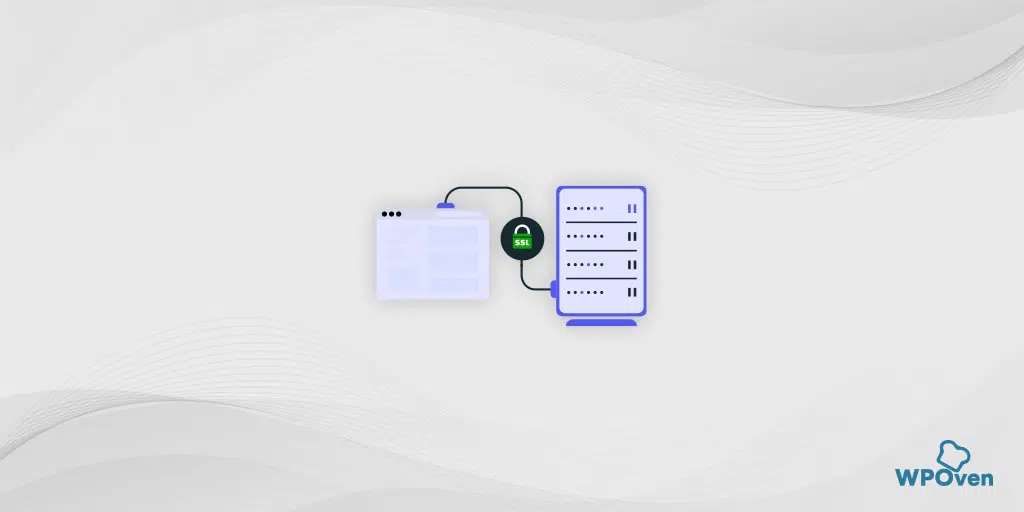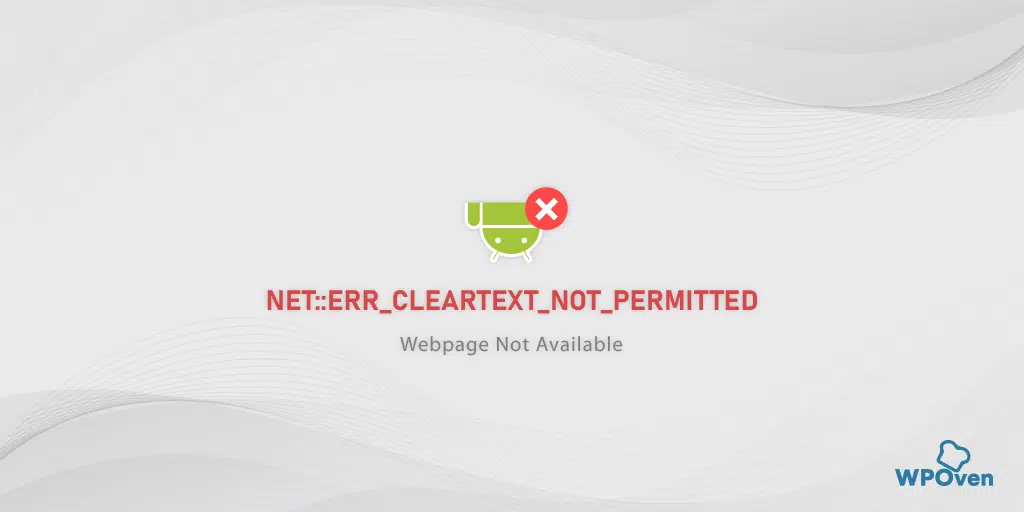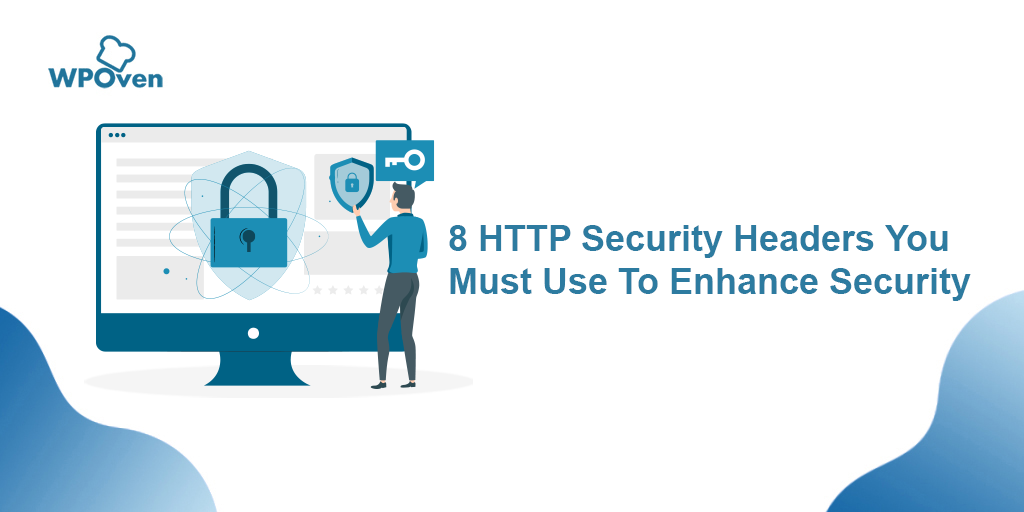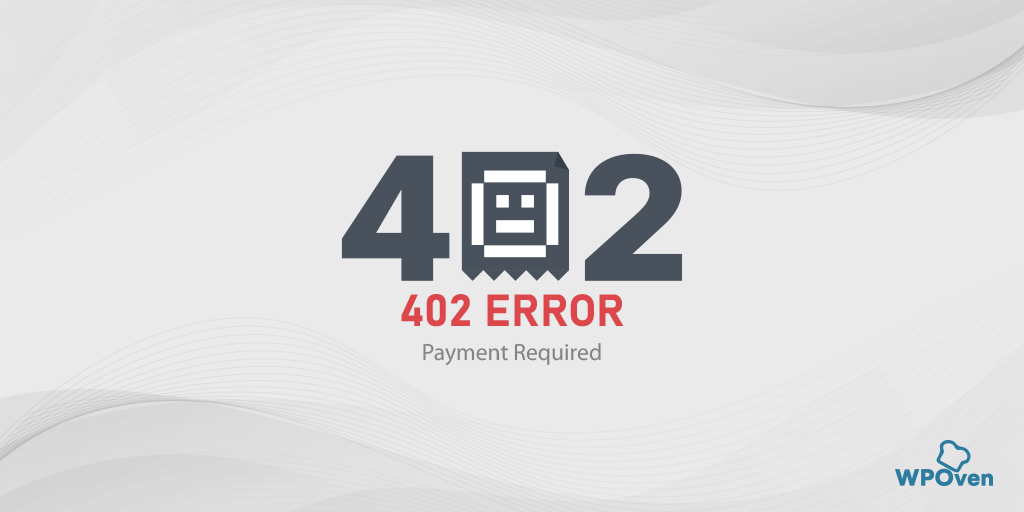You must have noticed that some websites start with HTTP and some with HTTPS, (generally indicated by a green text with a padlock, especially when you are trying to access a sensitive website or payment page).

Ever wondered why it happens and What does it mean? Well, This extra ‘s’ in HTTP indicates that the website you are trying to access is secure and that all data transmission is encrypted due to SSL encryption.
Let us check out more about this and try to answer all your questions and doubts in this comprehensive post.
What is SSL?
SSL or Secure Socket Layer is a standard security technology that uses an encryption-based special security protocol to establish an encrypted connection between a server and the client. Either between a web server and browser or a mail server and email client.
This encryption technology ensures that all data transmission or communication between the web server and the client remains private and integral.
First introduced in 1995 by Netscape, SSL aimed to secure internet communication, protect privacy, and ensure authentication and data integrity.
Now we use an advanced version of SSL, known as TLS or Transport Layer Security Encryption.

What are SSL and TLS protocols? Are they the same?
SSL and TLS are both standard cryptographic Internet protocols, specially developed to provide secure and encrypted communication over the computer network.
SSL is a predecessor or more advanced version of TLS developed by the Internet Engineering Task Force in the year 1999. It was initially called SSL 3.1 but after little improvement and enhancements to security and performance termed as TLS.
SSL has some flaws and vulnerabilities, that can put any website at risk. Even the SSL 2.0 and SSL 3.0 versions have been labeled insecure and are no longer recommended for use.
TLS has figured out these weaknesses and vulnerabilities of SSL and come up with a more refined and stronger encryption method. At present, TLS 1.2 and 1.3 are considered the most secure and widely used versions today.
Sure, here’s a quick comparison table that will help you to better understand the differences between SSL and TLS:
| Feature | SSL | TLS |
|---|---|---|
| Full Name | Secure Sockets Layer | Transport Layer Security |
| Developed By | Netscape | Internet Engineering Task Force (IETF) |
| Current Status | Deprecated | Active |
| Latest Version | SSL 3.0 | TLS 1.3 |
| Security | Vulnerable (SSL 2.0 and SSL 3.0 are considered insecure) | More secure, with ongoing improvements in each version |
| Encryption Algorithms | Supports older, less secure algorithms | Supports newer, stronger algorithms |
| Handshake Efficiency | More steps, less efficient | Streamlined, more efficient |
| Session Resumption | Limited capabilities | Advanced mechanisms (session tickets, session identifiers) |
| Record Protocol | Less efficient and flexible | Improved performance and security |
| Use in Practice | Rarely used, considered obsolete | Widely used, standard for secure communication |
| Backward Compatibility | Compatible with older systems | Can work with older SSL versions but prefers secure algorithms and protocols |
| Digital Certificates | It uses older certificate types | It uses modern certificate types and supports additional features like OCSP stapling |
How does SSL/TLS work?
The SSL/TLS uses certificate-based technology to establish an encrypted connection between a server and a client.
This certificate holds a public key, which helps verify that the website is trusted and lets the data be encrypted. This means the information is turned into a special code using cryptography that others can’t easily read. Only the server has the matching private key, which is kept secret, to decode the information.

This is how the whole SSL/TLS encryption works:
1. When you try to access a secure part of the website, i.e. payment or login page. The website server sends its SSL certificate to your browser.
2. This certificate contains a public key that helps to identify the server.
3. After that your browser verifies if the certificate is valid and genuine. (This step helps to check if the server is authentic and not an imposter)
4. When the verification is successful, your browser creates a small and temporary key which is also called a symmetric session key to encrypt the data that will be sent during the session.
5. Now your browser encrypts this session key with the server’s public key (from the certificate) and sends it to the server. (This step is important to make sure that only the server can read the session key.)
6. After that the server uses its private key to decrypt the session key.
7. Now, both the browser and the server use the symmetric session key to encrypt and decrypt all data sent between them. (This ensures the data remains private and secure). This process is called the SSL/TLS handshake. It sets up a secure, encrypted channel between your browser and the server without sharing sensitive information in an insecure way.
Now it is ready to transmit data over the web and it’s all encrypted making it unreadable to anyone who might try to intercept it. Plus, the SSL/TLS also digitally signs the data to make sure, it hasn’t been tampered with to maintain data integrity.
What is an SSL certificate?
SSL can only be used when websites have a special certificate installed i.e. SSL certificate. This certificate is a small data file that helps to establish a secure connection between the server and the browser for sharing data privately.
It is the same as your Identity card which contains all the vital information of yours that helps in your identification.
Components of SSL Certificate :
- Public Key: This key is used for encrypting data and is included in the SSL certificate. It is publicly shared with anyone visiting the website.
- Private Key: It is used for decrypting encrypted data with the public key. It is kept secret and stored securely on the web server.
- Certificate Authority (CA): A trusted source that issues SSL certificates. These CAs include organizations like DigiCert, Let’s Encrypt, and Comodo. This authority is responsible for verifying the identity of the certificate requester before issuing an SSL certificate.
- Details Included in the SSL Certificate:
- The domain name the certificate is issued for.
- The entity the certificate is issued to.
- The issuing CA.
- The CA’s digital signature.
- The certificate’s validity period (start and expiration dates).
- The public key.
- Additional information like the type of certificate and its intended use.
Why SSL Certificates Are Important:
- Security: Protects sensitive data during transmission, preventing unauthorized access and data breaches.
- Trust: Builds trust with users by assuring them that their data is safe. Websites with SSL certificates are marked as secure by browsers.
- SEO Benefits: Search engines like Google give a ranking boost to HTTPS-enabled websites.
- Compliance: Meets regulatory requirements for data protection in many industries.
What are the different types of SSL certificates?
SSL is not just limited to a specific security type. SSL relates to a range of certificates. There are various kinds of SSL certificates found on the Internet. These are:
- Single Domain SSL certificate
From the name itself, you can easily identify what kind of SSL certificate it is. The SSL certificate is only liable to protect a single domain. For example, if the certificate is issued for the domain ‘WPOven.com,’ it applies only to it, not to its subdomains like ‘blog.wpoven.com’ or any other domain such as ‘example.com.
- Wild Card SSL Certificate
Just like a single-domain SSL Certificate, it applies to a single domain, but there is a catch. It applies to all the subdomains created under the same domain name.
For example, if the SSL certificate is issued for the domain ‘WPOven.com,’ it will also apply to its subdomains such as ‘blog.wpoven.com’ and ‘shop.wpoven.com.
- Multi-Domain or Unified Communications SSL Certificate
The name itself, indicates, that the same single SSL certificate can be issued to multiple different or same domains.
These certificates are specifically useful for organizations that manage multiple domains and subdomains, such as those using Microsoft Exchange and Office Communications environments.
These can be very cost-effective, provide enhanced security, and offer many more benefits. They can cover up to 100 domains with a single certificate.
- Extended Validation (EV) SSL Certificate:
The first type of SSL certificate found today is the extended validation SSL certificate. In this type of certificate, the certificate authority checks the rights of the applicant for him to use a particular domain. The extended validation SSL certificate conducts a well-rounded and thorough vetting of the organization.
The issuance process of the EV SSL Certificate is quite strictly defined in the guidelines of the EV. This guideline steps all of the requirements for a CA before a certificate is issued.
These guidelines are:
- Verifying the physical, legal, and operational existence of the entity
- Verifying that the entity has thoroughly organized the issuances of the EV SSL certificate
- Verifying that the identity of the entity matches the official records
- Verifying that the entity has rights to the domain that has been specified in the EV SSL Certificate
The EV SSL certificate is available for pretty much any of every business type. From government entities to incorporated and corporate businesses, the certificates can be used by anyone.
- Organizational Validation (OV) SSL Certificate
The second type of certificate available that is being used widely is the OV SSL Certificate. In this certificate, the CA checks the right of the applicant to use a given domain.
Moreover, it also conducts certain vetting of the company. Other vetted company information is also given out to the customers when they use the secure site seal.
The OV certificate gives away enhanced visibility behind those who are associated with the site.
- Domain Validation (DV) SSL Certificate
On the other hand, if we are talking about certificates, then Domain Validation SSL Certificate is a name we cannot forget. In the domain validation certificate, the CA checks the rights of the applicant to use a given domain name.
However, as far as the company identity or information is concerned, no amount of information is displayed. The only information that is given is the encrypted information which is stored in a secure site seal.
The above three are the most common types of SSL certificates found and used today. However, another name that is rising to the top is Let’s Encrypt.
How can you obtain an SSL certificate?
First of all, you have to decide which type of SSL certificate is best suitable for your online business or website.
Although a standard SSL certificate is sufficient to provide protection, if the website operates in a regulated industry niche such as finance or insurance, it might require a custom SSL certificate. It is best to consult with your IT team to determine the most suitable option.
The cost of an SSL certificate may vary depending on the provider and the requirements for your website. However, there are also many free options available.
Some web hosting companies provide free SSL with their plans, such as WPOven. Even Cloudflare provides you with a free SSL/TLS with a single click.
Additionally, Let’s Encrypt also provides SSL certificates at no cost. But it would be better set up and configured by your IT team or seek help from technical expertise.
Free SSL Certificates, Let’s Encrypt: What Are Let’s Encrypt Certificates
Let’s Encrypt is a certificate authority that was launched in April 2016. The certificate provides free X.509 certificates for TLS (Transport layer security) encryption through an automated process that is designed to take out the existing complex processes of validation, signing, manual creation, installation, and the renewal of certificates for the security websites.
The parties that are involved in Let’s Encrypt or let’s say Let’s Encrypt is a service provided by the ISRG (Internet Security Research Group), a public benefit organization.
The major sponsors of the certificate include Electronic Frontier Foundation, Mozilla Foundation, Cisco Systems, and Akamai.
Back in June 2015, Let’s Encrypt managed to generate an RSA root certificate with the private key stored on a given hardware security module that was kept offline. The root certificate is used to sign 2 different intermediate certificates which are cross-signed by the IdenTrust.
One of these intermediate certificates is used to sign the given and issued a certificate, whereas, the other is kept offline to use it as a backup in case there is a problem with the first intermediate certificate.
How do I check the SSL of a website?
When you visit a website that has SSL security enabled, some visual indicators appear within the browsers.
1. The URL will start with “://HTTPS” rather than “://http”.
2. A padlock icon appears along with the URL in the address bar of the browser.
A padlock icon will appear on the extreme left side of the URL of the website.
3. Certificate showed valid.
There is a chance that even though your website shows “://HTTPS” or the padlock icon, the SSL certificate can still be invalid or expired.
The browser will notify you and also ask for some information from your side. If this is the case, you should then do further investigation and check the SSL validity of the website by simply clicking on the “view site information” icon in the Chrome browser, as shown below:

4. You can also utilize the simple WPOven’s Free SSL checker tool.
Summary
SSL/TLS provides a fundamental security layer in Internet communications, meaning that at least a basic website must have this security feature enabled. Although it sounds very simple, it is one of the most powerful security systems that prevents data theft and privacy breaches.
You don’t have to opt for fancy or expensive SSL features; even a standard one can do the job. There are plenty of free SSL certificate providers available, and all you have to do is renew them from time to time.
However, getting it from third parties has its drawbacks. You can easily avoid this by simply opting for a web host that provides free SSL in their hosting plans, just like what WPOven offers.
If you have any queries or suggestions regarding SSL, please let us know in the comment section below:

Rahul Kumar is a web enthusiast, and content strategist specializing in WordPress & web hosting. With years of experience and a commitment to staying up-to-date with industry trends, he creates effective online strategies that drive traffic, boosts engagement, and increase conversions. Rahul’s attention to detail and ability to craft compelling content makes him a valuable asset to any brand looking to improve its online presence.








